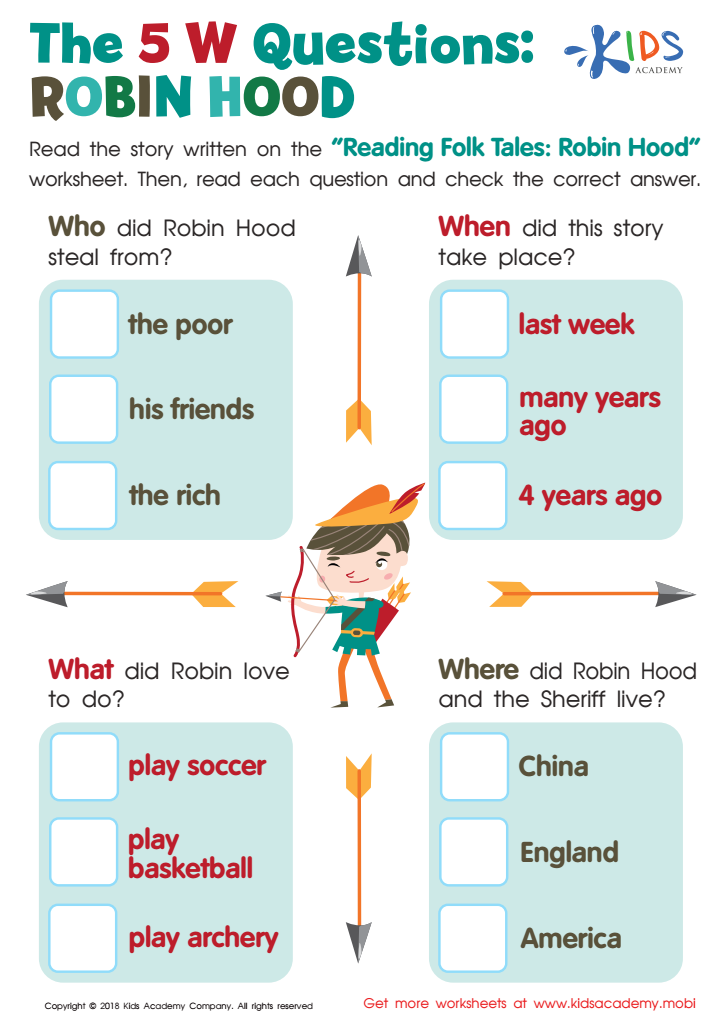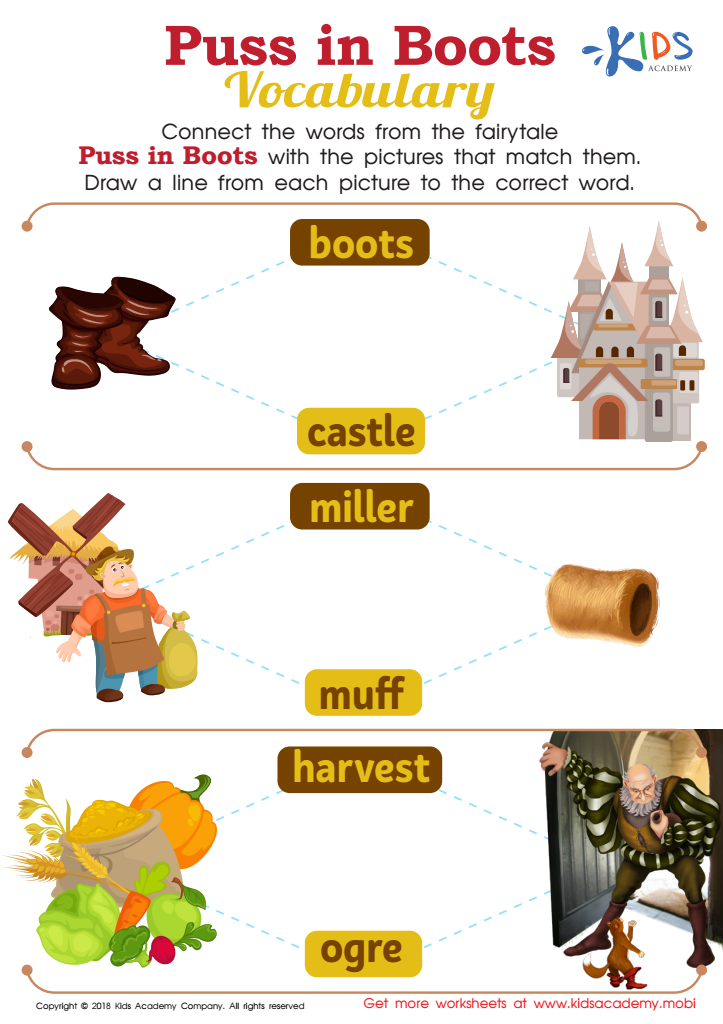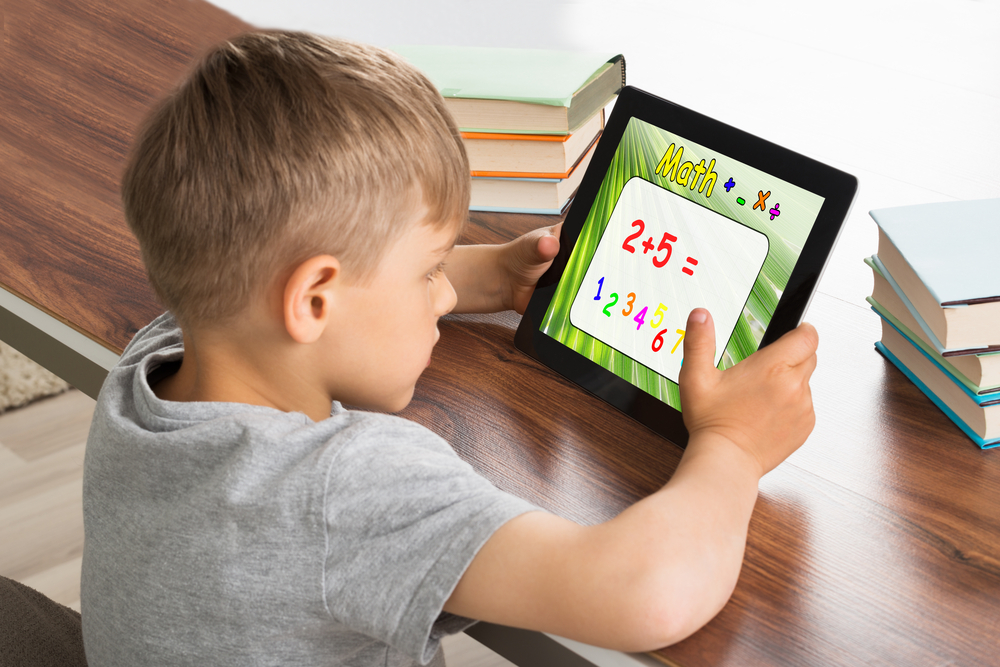Story analysis Normal Reading Worksheets for Ages 6-9
3 filtered results
-
From - To
Enhance your child's reading skills with our Story Analysis Normal Reading Worksheets designed for ages 6-9. These engaging resources help young learners dig deeper into stories, fostering critical thinking and comprehension. Each worksheet encourages children to analyze characters, settings, and plots, promoting a love for reading and a better understanding of narratives. Our interactive activities include drawing, storytelling prompts, and questions that stimulate imagination and discussion. Perfect for home or classroom use, these worksheets will support your child's educational journey while making learning enjoyable. Empower your budding readers to explore the world of stories with enthusiasm and insight!


Key Details from the Princess and the Pea Worksheet


The 5 W Questions: Robin Hood Worksheet


Puss in Boots Vocabulary Worksheet
Story analysis in young readers, particularly those ages 6-9, is crucial for several reasons. First, it helps develop critical thinking skills. When children analyze stories, they learn to identify key elements such as characters, setting, plot, and themes. This process encourages them to think beyond the text, fostering deeper comprehension and connection to the material.
Second, story analysis enhances language development. Engaging with stories allows children to expand their vocabulary and understand language structures, which are essential for effective communication. Discussing stories helps them express their thoughts clearly and develop their narrative skills.
Additionally, story analysis promotes empathy and emotional intelligence. By examining characters' motivations and actions, children can better understand different perspectives and emotions, which is fundamental for building social skills.
Finally, involving parents and teachers in this process reinforces a love of reading. When adults share in the analysis, they create a supportive environment that celebrates curiosity and learning. This collaboration not only strengthens literacy skills but also builds lasting relationships around shared reading experiences—a cornerstone of effective education and personal growth for children. In summary, story analysis is vital for fostering cognitive, emotional, and social development in young readers.

 Assign to My Students
Assign to My Students





















